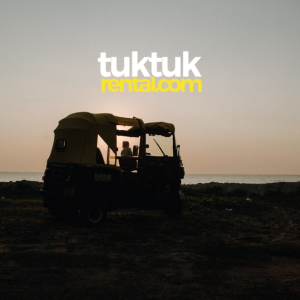Have you ever really thought of what the dual, wild-yet-grounding nature of the East Coast brings to travelers? Well, most visitors come to Arugam Bay chasing the waves. But the ones who stay or return year after year come for far deeper experiences.
Realize that magic and entertainment isn’t necessarily loud in Arugam Bay. It often hums quietly.
Similar to how the jungle presses close, not as a threat but as an invitation. Much like in the hands of a woodcarver sanding down a mask for a temple festival. Also, it resembles the silence of a paddle slicing through the lagoon while herons lift off like origami in flight.
This list isn’t your typical “top things to do in Arugam Bay” list. These seven soul-satisfying experiences are curated for the kind of traveler who’d rather hear stories than take selfies. Especially those who believe that the best souvenirs are the ones carried in the heart, not the suitcase.
Welcome to the other side of Arugam Bay.
1. Try Palmyra Craft Workshops on the Outskirts of Arugam Bay (Mat-Weaving & Basketry)
Villages like Pottuvil, Panama, and Lahugala surrounding Arugam Bay usually have women’s cooperatives and community-led initiatives working with Palmyra palm. This hardy, native tree is a lifeline in the dry zone. You’ll get lessons on how its leaves are hand-cut, boiled, dried, and woven into:
- Sleeping mats
- Baskets
- Fans
- Food covers or rice holders
These mat-weaving traditions are centuries old and passed down from grandmothers to granddaughters. Even better, you’ll be happy to know this activity isn’t touristy or centered towards minting from foreigners. More than anything, it’s functional and deeply tied to everyday life.
Some guesthouses and eco-tour groups partner with these women’s groups. They collectively offer short workshops where travelers like you can learn to strip and prep Palmyra leaves. Moreover, you’ll use basic weave frames and surely make at least a small mat or coaster to take home.
It’s slow, meditative work. You sit on the ground and feel the crinkle of dried leaves in your fingers. No translations and big tools needed, you’ll simply follow the hands of a woman who’s likely been weaving since childhood.
Consider riding a self-drive tuktuk to go and find such open community events.
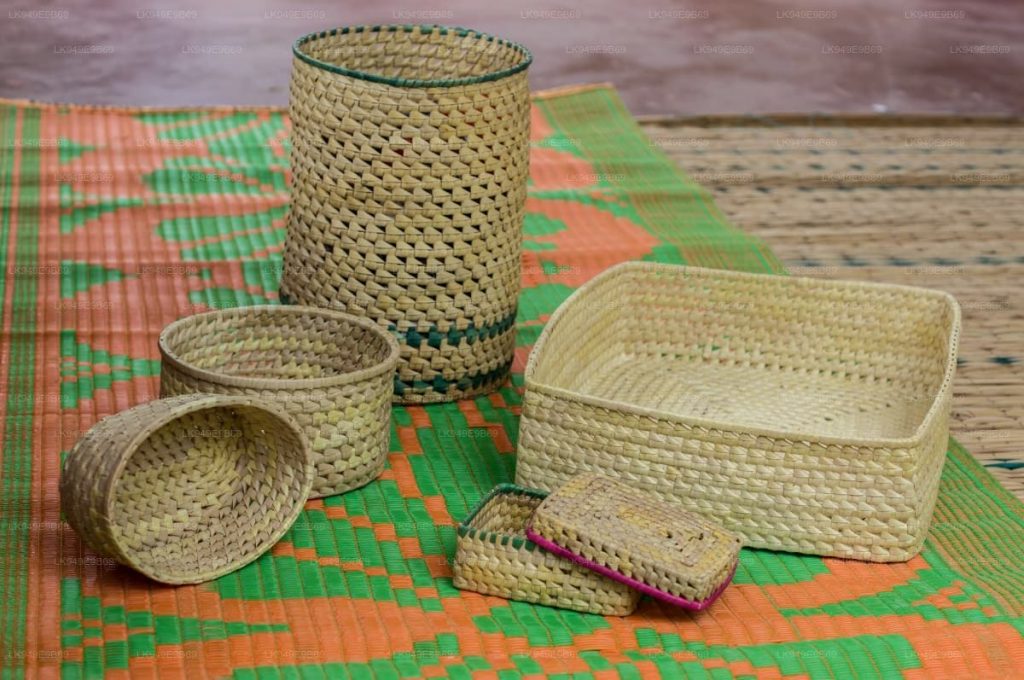
2. Visit a No-Fence Elephant Safari in Lahugala
Don’t expect turnstiles or snack stalls at Lahugala. There aren’t even any jeeps lined up here. If you feel the vibe of Arugam Bay softening your mind a bit much, follow that instinct inland. 30 minutes by your self-drive tuktuk, and you reach a Lankan forest where elephants roam without fences, fanfare, and fear.
Your short trip to Lahugala will entail just you, your tracker, and a forest that feels older than time. The dirt road leading in is red, rutted, and quiet. Along the edges, dry grass stirs with invisible life in the form of hidden parakeets or peacocks and maybe the flick of a mongoose tail.
And when the stillness breaks evidently, you may see a gigantic shape move through the trees. Still, what you see depends on the day. A lone tusker cooling in the tank. A mother and calf slowly crossing the open grass. Or an entire herd emerging without sound. We recommend you stay mindful, and present, and watch them live out their age-old personalities.
Remember, out here in Lahugala it’s all on the wild’s terms, not yours. Without speaking, your travel guide will point at the sight of these elephants. He’ll tell you stories in hushed tones, of water levels and migration, and of seasons when the forest breathes more heavily.

3. Try Traditional Lagoon Fishing with Catamarans
Did you know Arugam Bay was a fishing village long before it became the surfers’ favorite? Rise before the sky turns blue, and you can still gulp a glimpse of that slower, saltier past out on the lagoon.
You’ll appreciate how the catamarans here aren’t the luxury kind. They‘re hand-carved and low-slung wooden canoes tied together with ropes and weathered by age. Forget the engine, it’s just a fisherman and his pool, with the force of the paddles against morning stillness. You sit on a narrow plank near the water’s surface and glide into the lagoon!
Guides here are usually barefoot and shirtless, being people who know these waters like muscle memory. He’ll also show you how to cast the net. A gentle flick of the wrist, and then the waiting begins.
Some days it’s millet. Otherwise, it’s prawns. And often, nothing at all. Don’t be disheartened if your net returns empty. Remind yourself to learn the patience of the water. See the mangroves’ root systems below and adore the kingfisher dive its beak and vanish repeatedly.
Expect to see surfers stretch and hear tuktuks honk when you’re back in town. Also, you may want to keep your self-drive tuktuk ready to continue your day explorations.
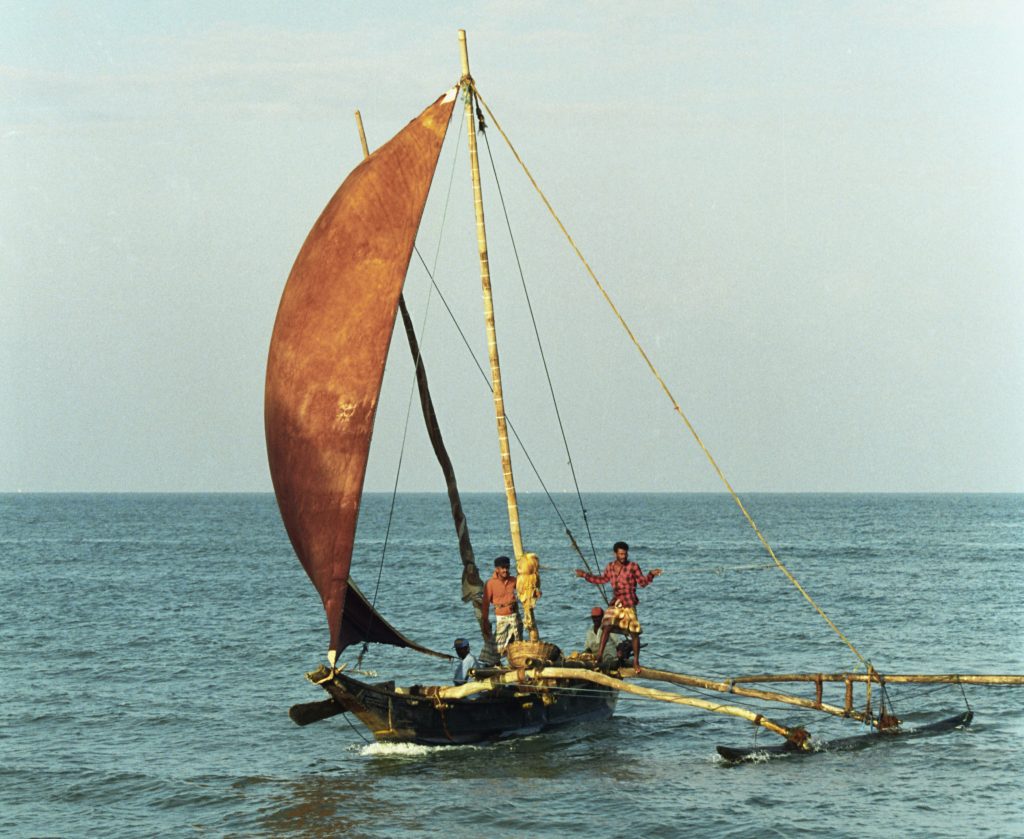
4. Experience Ocean Mindfulness (A No-Surf Surf Lesson)
Finding waves to ride the ocean is a myth. Try asking a local surf instructor for an experience that begins not with a board under your feet. Simply put, ask for an activity that begins with your feet in the sand and your breath in sync with the tides. Much different from traditional surf lessons, these are ocean mindfulness sessions rooted in awareness.
Typically, these sessions start just after sunrise when the shoreline is still empty. Your instructor may be a former pro surfer or someone who understands the sea’s second language.
Expect a long wait before any talk of paddling. You’ll tune into your body by the beach, the land, the vast sea, and the sound of nature’s elements. Most importantly, there’s a newfound sense of awareness you’ll enter the water with. Where to look. How to spot currents. How to float and not fight survival.
Once you paddle out of the ocean, the instructor will take you through a gentle recalibration. This includes a grounding breathwork session on the beach that takes your relationship with the ocean a step further.
Tip: Get ready to recognize when the ocean says yes and when it says not today.
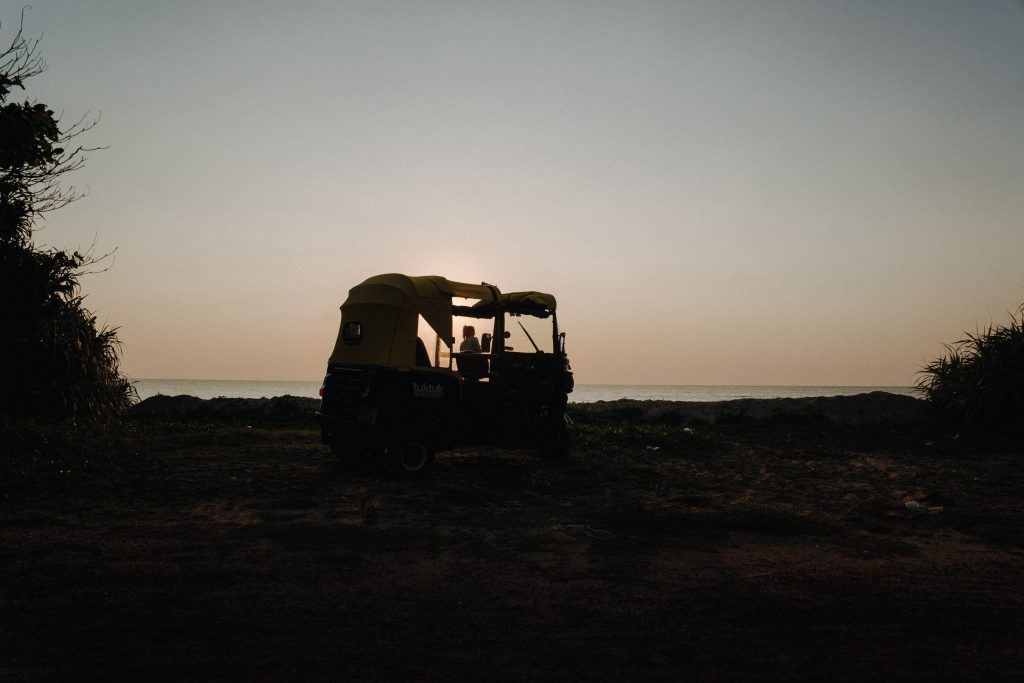
5. Explore Panama Tank on a Handmade Raft
This living waterbody was built generations ago to store rain and nurture life that lives along its edge. You can best explore it on a handmade raft that’s poles apart from mass-produced paddle boats.
Made by villagers using recycled oil drums and bamboo poles attached to wooden planks, these rafts are lashed together with rope. You board barefoot with a local guide gently taking you away from the shore with a long pole. What’s best, there’s no engine hum. Just silence and the occasional birdcall or creak of the timber under your weight.
The more you drift, the more sightings your guides will reveal. Brahminy kites circling, cormorants diving after breakfast, or the famous sunbathing spot for crocodiles, there’s plenty to observe.
Rest assured, your return to the sleepy village of Panama will include going past clucking hens and barefoot kids waving. However, the rooted calm within you remains for days!

6. Head on a Forest Walk with a Local Tracker Near Okanda
There’s something different about such half-day trips from Arugam Bay.
Though not precisely among things to do in Arugam Bay, the company of a part-time Kumana guide or farmer on this expedition makes it wholesome.
He’ll show you the way deer move—how to read hoof points and tell if they’re old or fresh. From brushing your hand over leaves to identify how they treat fever to pausing at claw marks on tree trunks, amazement is a given.
Keep an eye out to spot herds of deer grazing or to catch a flash of wild boar disappearing into the scrub. Remember, you won’t find any trails or signboards. And when the walk ends back near Okanda’s little temple, you’ll feel a change in your perspective of travel.
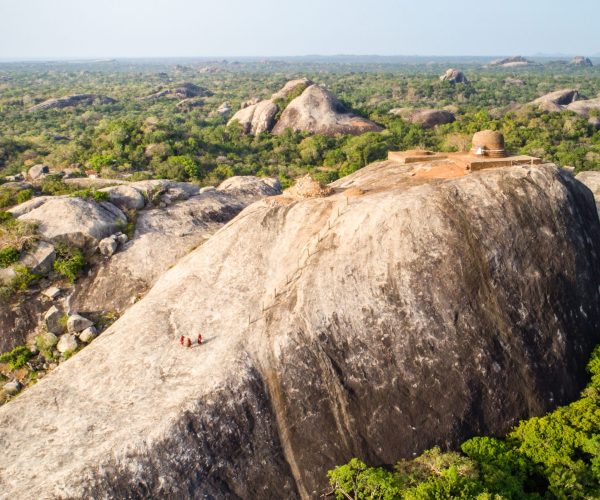
7. Attend a Poya Day Ceremony at a Village Temple
Some full moon nights (there’s one every month) in Sri Lanka are celestial events called Poya, a sacred day of reflection and reverence. It turns even the smallest village temple into a space of soft light where inner wisdom is invoked.
Don’t expect big banners or public announcements. Just villagers walking down sandy paths with their arms full of white lotus blossoms and incense sticks. Once you’re in, you’ll sit cross-legged on the cool floor as monks in saffron robes begin to chant. There’s a low probability you’ll understand much of the words, but something in their united sounds makes you feel grounded and connected.
Often, there’s a short sermon, and on other days, people offer rice and fruit. The one constant is the period of silence that feels full and not empty.
Use these ceremonies as moments to look within yourself and clarify what you want to manifest and what you wish to let go of. Trying to be loyal to your inner self despite the pressure of being away from home would surely cause an internal shift for your greater emotional and intellectual good.

Verdict
Do you still think that things to do in Ampara District’s Arugam Bay revolve primarily around surfing? The depth of this region extends from sunrise birdwatching at Kottukal to cooking mud crab curry in local homes and a lot more, which you’ll only find out when you visit.
You might also consider downloading the Tuktukrental Travel App. It features offline maps, offbeat recommendations and even helps fellow tuktuk-ers on the road connect for information or a few post-drive beers – or the local Sri Lankan arrack if you are feeling adventurous!

